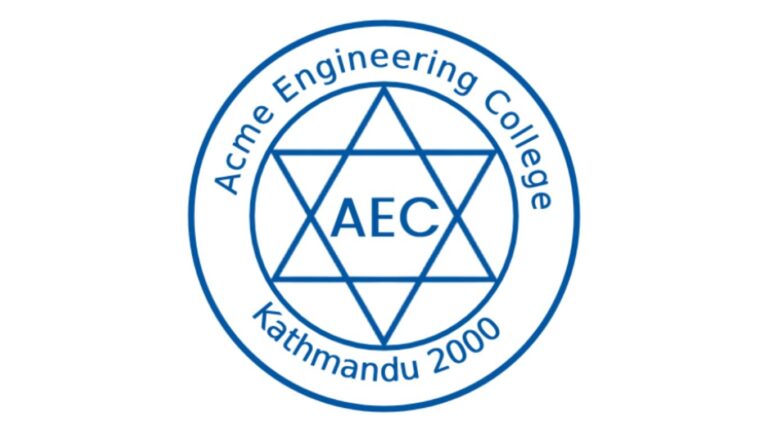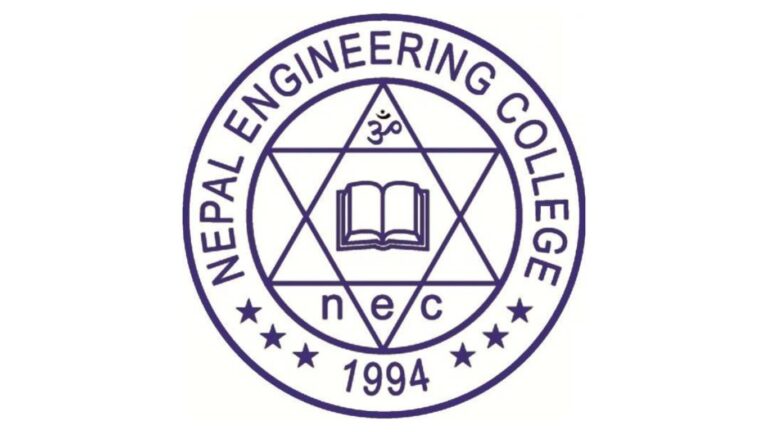Architecture engineering, architectural engineering, or building engineering, in short B. Arch is a discipline that combines elements of architecture and engineering. It focuses on the design, construction, and maintenance of buildings and structures.
In essence, architectural engineers act as a bridge between architects and civil engineers, ensuring that the aesthetic vision and functional requirements of a building are achieved while adhering to engineering principles, safety standards, and building codes. Their expertise lies in creating safe, efficient, and sustainable structures that meet the needs of their occupants.
Eligibility and Admission Requirements for Architecture Engineering
Architecture engineering is a highly competitive field that combines elements of architecture and engineering. To pursue a degree in architecture engineering, students must meet specific eligibility criteria and go through a rigorous admission process. The below table shows the eligibility criteria and admission process of architecture engineering in Nepal which is described in detail later:
| Eligibility Criteria | Admission Process |
|---|
| 1. Higher secondary education (10+2 or equivalent) | 1. Application form submission |
| 2. Science stream with Mathematics, Physics, Chemistry | 2. Entrance examination |
| 3. Minimum percentage of marks (typically 45-60%) | 3. Aptitude test (if applicable) |
| 4. Merit list preparation |
| 5. Document verification |
| 6. Counseling and admission formalities |
Here’s a detailed overview of the eligibility and admission requirements for architecture engineering:
Eligibility Criteria:
- Academic Qualification: Completion of higher secondary education (10+2 or equivalent) with a minimum percentage of marks, typically ranging from 45% to 60%, depending on the institution or university.
Stream of Study: Students must have studied science subjects, including Mathematics, Physics, and Chemistry, at the higher secondary level. - Entrance Examination: Most institutions and universities require prospective students to clear an entrance examination, which may include subjects like Mathematics, English, Physics, and Chemistry.
- Aptitude Test: Some institutions may conduct an aptitude test to assess students’ creativity, spatial ability, and problem-solving skills, which are crucial for architectural engineering.
Admission Process:
Application Form: Students must fill out an application form, either online or offline, and submit it along with the required documents and application fee.
- Entrance Examination: Qualified students must appear for the entrance examination conducted by the institution or university.
- Aptitude Test: If required, students may need to take an aptitude test, which may include a drawing test or other assessments.
- Merit List: Based on the entrance examination and aptitude test scores (if applicable), a merit list is prepared, and admission is offered to candidates who meet the cut-off criteria.
- Document Verification: Successful candidates must present all required documents, such as academic transcripts, birth certificates, and other relevant documents, for verification.
- Counseling and Admission: After document verification, students may undergo counseling sessions to understand the program structure, course requirements, and other necessary information. Once admitted, you must complete the admission formalities by paying the required fees.
Scope of Architecture Engineering
Students of architecture engineering can pursue their career on interior designing, exterior designing, archaeologist, construction management, and urban planning. However, the scope of an architecture engineer can be spread to:
Building Design: Architectural engineers work closely with architects to design the overall layout, aesthetic appeal, and functionality of buildings. They ensure that the architectural plans align with engineering principles, safety standards, and building codes.
Structural Analysis: A significant part of architectural engineering involves analyzing the structural integrity of buildings. Architectural engineers calculate the loads and stresses that a building will endure due to factors like wind, earthquakes, and the weight of the structure itself. They design and specify the appropriate materials and structural systems, such as steel frames, concrete foundations, and load-bearing walls, to ensure the building’s stability and safety.
Building Systems: Architectural engineers are responsible for designing and integrating various building systems, including heating, ventilation, and air conditioning (HVAC), plumbing, electrical systems, fire protection systems, and elevators or escalators. They ensure that these systems are efficient, meet building codes, and provide a comfortable and safe environment for occupants.
Construction Management: During the construction phase, architectural engineers collaborate with contractors and construction professionals to oversee the implementation of their designs. They monitor the construction process, ensure adherence to plans and specifications, and resolve any technical issues that may arise.
Sustainability and Energy Efficiency: With increasing emphasis on environmental sustainability, architectural engineers incorporate energy-efficient design strategies and green building practices. They aim to reduce the environmental impact of buildings by optimizing energy consumption, utilizing renewable energy sources, and incorporating sustainable materials.
Universities that Offer Architecture Engineering
The below are the reputed universities of Nepal that offers Architecture Engineering course in Nepal. The colleges affiliated to these universities that includes architecture engineering teaching in their college are listed after this section.
- Tribhuvan University (TU)
- Kathmandu University (KU)
- Pokhara University (PoU)
- Purbanchal University (PU)











